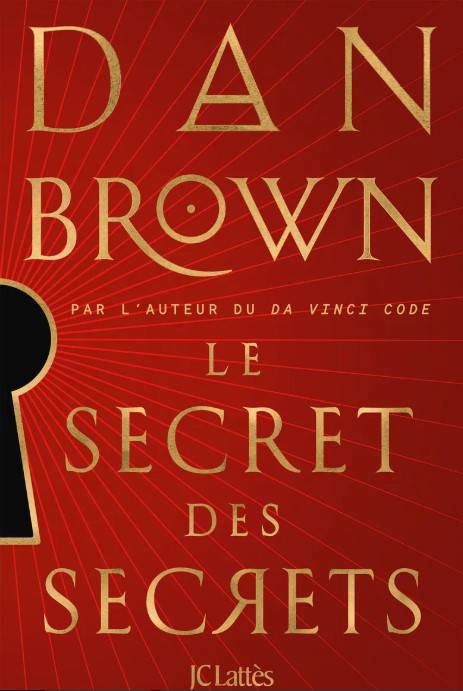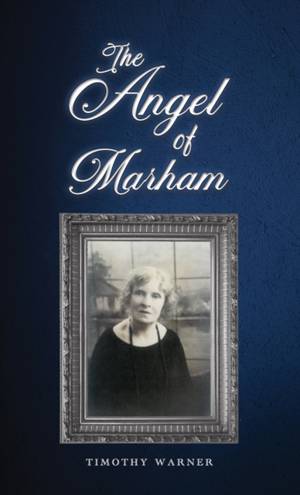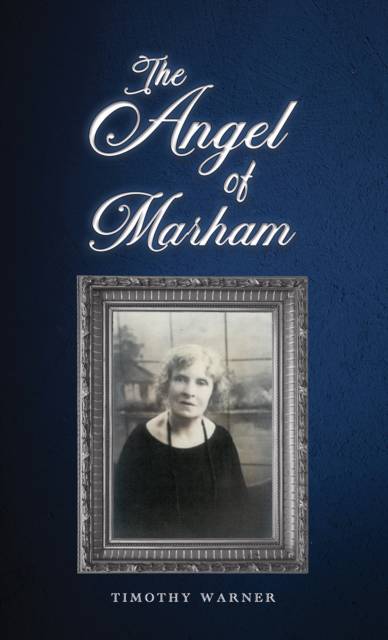
- Retrait gratuit dans votre magasin Club
- 7.000.000 titres dans notre catalogue
- Payer en toute sécurité
- Toujours un magasin près de chez vous
- Retrait gratuit dans votre magasin Club
- 7.000.0000 titres dans notre catalogue
- Payer en toute sécurité
- Toujours un magasin près de chez vous
Description
Constance Baker (n e Ketteringham) was born in 1868 in the quiet farming village of Marham, Norfolk. In her early teens, she moved with her parents to bustling Kensington, London, where she found work as an apprentice dressmaker. Years of dedication led Constance to establish herself as a dressmaker in her own right, crafting elegant gowns for some of the most celebrated Victorian and Edwardian actresses, opera singers, and music hall performers of the era. Her marriage to John Baker, a former Royal Navy serviceman, marked the start of a family legacy in dressmaking. Together, they raised their children on Harwood Road in Fulham, where they all contributed to Constance s flourishing business. Among them was Aderline, my grandmother, who learned the trade from Constance herself. Remarkably, they lived just down the road from Dame Nellie Melba, the famous soprano and close friend of Constance; the two would often share tea, discussing the events of the day and critiquing the ambitions of Kaiser Wilhelm II. The Bakers home wasn t just a hub for the family business it was also a haven for those in need. Constance and John took in destitute children and cared for them as if they were their own. With the outbreak of World War I, Constance s connections in the entertainment world led her to organize performances for soldiers at Bishop s Park, Fulham, throughout the week from 1914 to early 1918, supported by Field Marshal Haig, who had opened up London s green spaces for military training. These performances featured lady entertainers and provided much-needed moments of levity for the troops, including those depicted in the iconic film Oh! What a Lovely War. As the wounded began to return from the front in 1915, Constance s dedication only grew. She transformed her home into a refuge for injured soldiers, offering care and comfort, often buying them gifts and providing for their needs. Her unwavering compassion earned her the cherished title Mother of the Wounded. Tragically, Constance s own eldest son, John Gilbert Baker, who served with the King s Royal Rifle Corps, was killed in action at Passchendaele in 1917.
Spécifications
Parties prenantes
- Auteur(s) :
- Editeur:
Contenu
- Nombre de pages :
- 64
- Langue:
- Anglais
Caractéristiques
- EAN:
- 9781035888344
- Date de parution :
- 21-03-25
- Format:
- Livre broché
- Format numérique:
- Trade paperback (VS)
- Dimensions :
- 127 mm x 203 mm
- Poids :
- 72 g

Les avis
Nous publions uniquement les avis qui respectent les conditions requises. Consultez nos conditions pour les avis.






